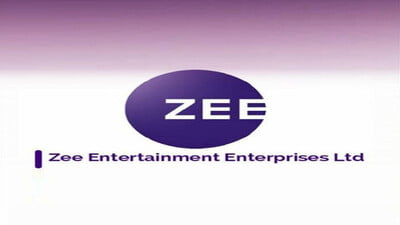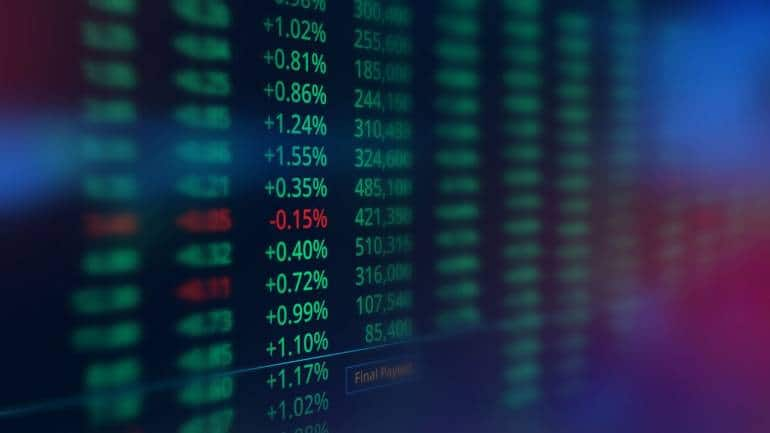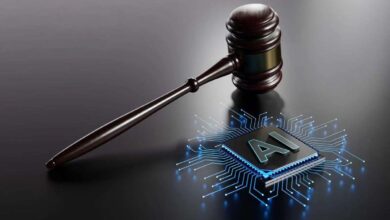Invesco divests 7.74 pc stake in ZEEL for Rs 2,092 cr

Invesco divests 7.74 pc stake in ZEEL for Rs 2,092 cr
Investment firm Invesco on Thursday offloaded 7.74 per cent stake in Zee Entertainment Enterprises Ltd (ZEEL) for Rs 2,092 crore through an open market transaction.

According to bulk deal data available with the BSE, Invesco Oppenheimer Developing Markets Fund sold a total of 74,318,476 shares, amounting to 7.74 per cent stake, of ZEEL. The shares were divested at an average price of Rs 281.46 apiece, valuing the transaction size to Rs 2,091.76 crore.
Meanwhile, Morgan Stanley Asia Singapore Pte picked up over 1 crore shares of ZEEL while Segantii India Mauritius purchased 99 lakh shares of the company.

The scrip of ZEEL dropped 2.1 per cent to settle at Rs 284.85 apiece on the BSE.
On Wednesday, Invesco announced that three funds managed by its developing markets investment team, including Invesco Developing Markets Fund, will sell up to 7.8 per cent of the share capital of ZEEL to align exposures to the firm with other funds managed by the team.

Invesco, which is the single-largest shareholder in ZEEL, had said that after the proposed sale, the three funds managed by its developing markets investment team will continue to own in aggregate at least 11 per cent of ZEEL



